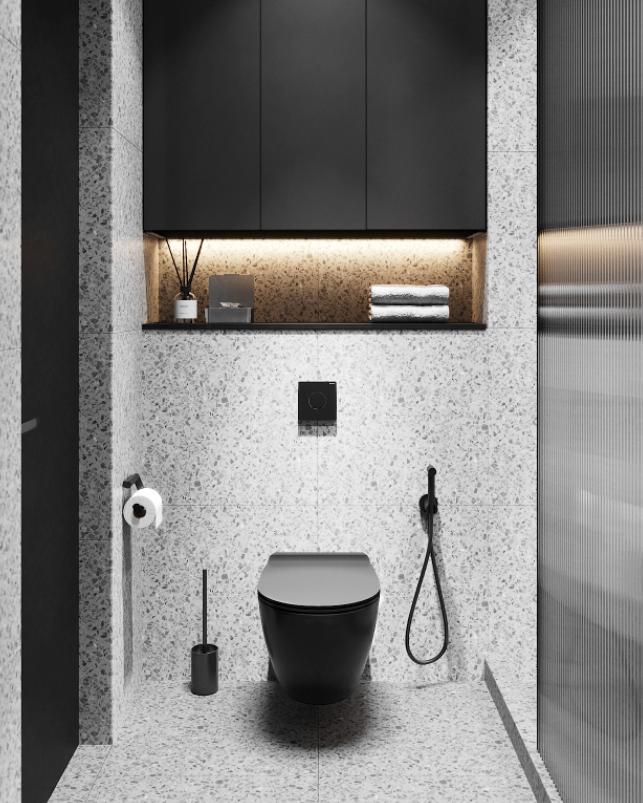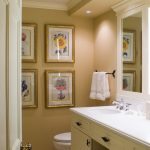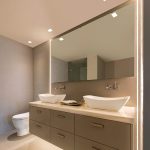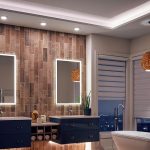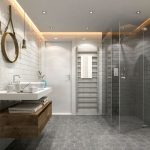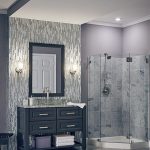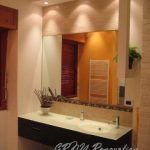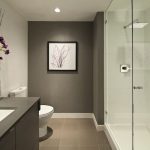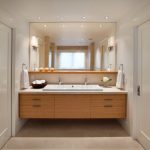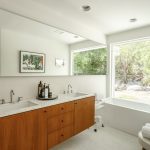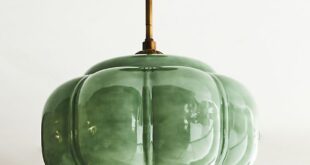Bathroom recessed lighting design plays a crucial role in creating a well-lit and inviting space. Recessed lighting fixtures are an excellent choice for bathrooms because they provide a sleek and streamlined look while offering ample illumination. When designing the lighting scheme for your bathroom, it is essential to consider the size and layout of the space, as well as the overall aesthetic you want to achieve.
One of the key factors to consider when designing bathroom recessed lighting is the placement of the fixtures. It is essential to strategically place the recessed lights to ensure even illumination throughout the space. For example, placing fixtures around the perimeter of the room can help illuminate the entire area, while adding lights above the vanity can provide focused lighting for grooming tasks.
In addition to placement, the type of bulbs used in bathroom recessed lighting design is also crucial. LED bulbs are an excellent choice for bathroom lighting because they are energy-efficient and long-lasting. Additionally, LEDs produce a bright and crisp light that is well-suited for tasks like shaving and applying makeup. Consider using dimmable LED bulbs to create a customizable lighting experience in your bathroom.
Another important aspect of bathroom recessed lighting design is selecting the right trim for the fixtures. There are a variety of trim styles available, from simple and streamlined designs to more decorative options. Choose a trim that complements the overall aesthetic of your bathroom, whether it is modern, traditional, or eclectic. Additionally, consider the finish of the trim to ensure it coordinates with other fixtures in the space.
When designing the lighting for your bathroom, it is essential to consider the color temperature of the bulbs. Warm white bulbs (around 2700-3000 Kelvin) can create a cozy and inviting atmosphere, while cool white bulbs (around 4000 Kelvin) provide a crisp and bright light that is ideal for tasks. Consider incorporating a mix of warm and cool white bulbs in your bathroom recessed lighting design to create a balanced and functional lighting scheme.
Overall, carefully considering the placement, type of bulbs, trim style, and color temperature when designing bathroom recessed lighting can help create a functional and stylish space. By incorporating these elements into your design, you can achieve a well-lit and inviting bathroom that meets both your aesthetic and practical needs.
 bebadesign Interior Design Ideas
bebadesign Interior Design Ideas
